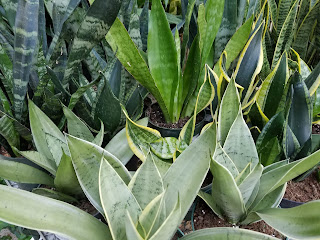Garden chores don’t stop just because it’s off-season. There’s still a list of things to do not the least of which includes watering your landscape periodically. This is especially true this year, following one of the driest Januarys in recent history. Even though deciduous trees appear to be dormant now, their root systems continue to grow and need moisture to survive. You may not see the damage right away, but trees that don’t receive supplemental watering during the winter may experience smaller leaf production, branch dieback and chlorosis through spring and summer. This is emphasized even more for trees planted this past season that haven’t had time to establish. While more mature trees have the advantage of a larger root system to draw moisture from, newly-planted trees need to be watered during the winter to prevent damage and die-back to fine roots. For winter watering to be effective, there are key factors you need to take into account, including temperature, time of day, and sprinkler type. First, pick a day when the ambient temperature is forty degrees or higher and there is no snow on the ground. Plan to water around mid-day, to allow time for the water to soak into the ground. Use a soft spray attachment such as an adjustable hand-held water nozzle, a simple stationary sprinkler or soil needle. Don’t turn your sprinkler system on.
For deciduous trees, place the sprinkler halfway between the trunk and the dripline. How long you run the sprinkler or hose attachment depends on the size of the tree trunk. A good general formula is about four to five minutes per inch of tree diameter, measured at knee height. For example, a tree with a three-inch trunk merits approximately twelve to fifteen minutes of watering, moving the sprinkler three times or until you’ve covered the entire area under the tree canopy. For conifers, follow the same time guidelines but place the sprinkler at or just beyond the drip line. While you’re at, water the lawn. Turf grass that is well-hydrated through the winter months will start to green up earlier in the spring and typically experiences less die-back through summer’s heat.
Keep an eye on your sprinkler. Soil quality and structure will affect the absorption rate so if the water starts to puddle, shut off the sprinkler and let the water soak in before turning it on again. This will prevent wasting water due to runoff. Once you’re done watering, be sure to disconnect the hose from the outside faucet.
















